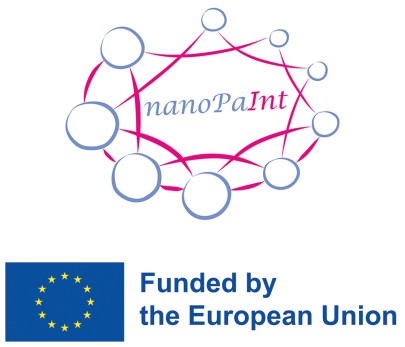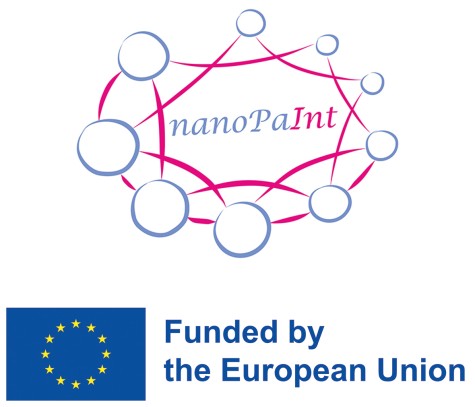Amirhossein Khazayialiabad M.Sc.
Modelling assembling of nanoparticles
Working area(s)
Contact
khazayialiabad@ttd.tu-...
work +49 6151 16-22276
Work
L2|06 215
Peter-Grünberg-Str. 10
64287
Darmstadt
| Since 2022 | Researcher at the Institute for Technical Thermodynamics, TU Darmstadt |
| 2020 – 2021 | Quality control inspector, Solico Group |
| 2019 – 2020 | Research Assistant, Multiphase Systems Research Laboratory, University of Tehran |
| 2017 – 2019 | M.Sc. in Chemical Engineering, Amirkabir University of Technology |
| 2013 – 2017 | B.Sc. in Polymer Engineering, University of Tehran |
Nanoparticles are used as additives to modify and control liquid properties and stabilize emulsions for possible application in the food, cosmetics, printing, and materials industries. They are the essential part of ink formulations and very promising carriers for targeted drug delivery. Nanoparticles are incorporated into functional porous materials, providing high heat and mass transport and chemical reaction rates. While the forces acting between nanoparticles are the same as those acting between micron-sized particles, they result in substantially different dynamics and different effective liquid properties, especially bulk and surface rheology. However, handling these particles requires a comprehensive knowledge of the laws defining the interaction of nanoparticles. It should be stressed that most previous studies on nanosuspension properties and dynamics have been limited to dilute suspensions close to equilibrium. However, in real-life applications the nanosuspensions are dense and thus far from the equilibrium. Therefore, this knowledge gap and the lack of understanding impede the further development of many branches of such useful systems.
The investigation of dynamic interfacial flows is essential for the manufacturing and the application of functional nanomaterials. Computer simulations will pave the way for predicting the dynamics of interfaces and contact lines as well as the stability of liquid films and liquid bridges. The dynamics and breakup of nanosuspension films and liquid bridges strongly affects the deposition and self-assembly of nanoparticles. With this in mind, it is essential to study the interaction of nanoparticles, as well as the interfacial flow under the self-assembly of nanoparticles. Herein, we intend to present a theoretical model and computer code describing flow and assembly of nanoparticles on substrates based on colloidal nanoparticle interaction and nanoparticles dynamics model, interfacial flows model while taking into account solvent evaporation. With this model, simulation of self-assembly of particles during coalescence and evaporation of two nanosuspension drops on a superoleophobic substrate will be implemented. Additionally, we will model the formation of assemblies by evaporation of printed conductive inks/pastes.
Further information
nanoPaInt
European Commission, Marie Skłodowska-Curie Actions, Innovative Training Network




